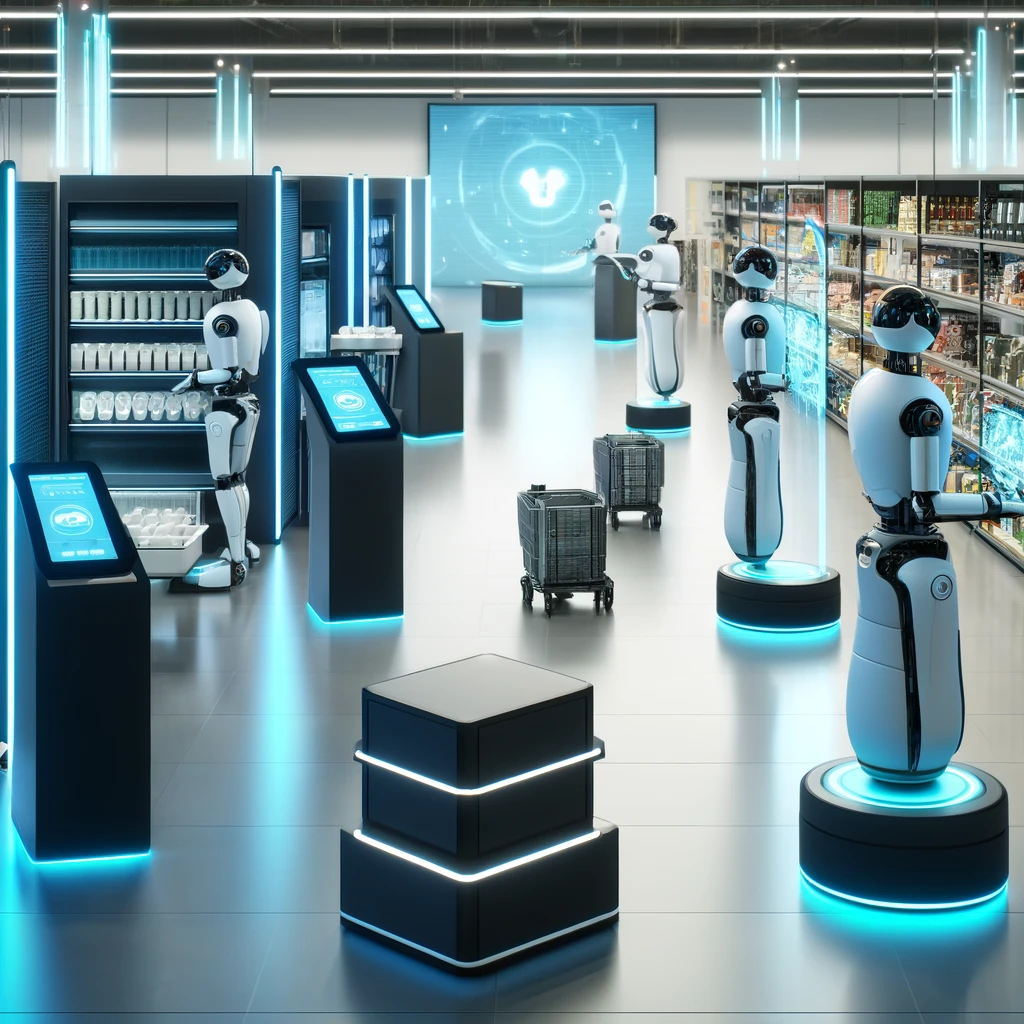Automation has an impact on the retail industry, and service robots lead this change. These robots help businesses boost customer service, work better, and spend less on staff. As tech gets better, service robots will play a bigger part in retail.
What Are Service Robots in Retail?
Service robots are smart machines built to help customers and do many jobs in stores. They can guide shoppers, check stock, and even help with checkout. By using these robots, stores can give faster more reliable help while also cutting costs.
Key Uses of Service Robots
Customer Assistance
Some robots work as store helpers finding items for shoppers and answering basic questions. These machines make shopping better by giving fast and correct answers.
Inventory Management
Retail robots can keep track of stock levels well making sure stores always have enough products. They help businesses watch inventory as it changes cutting down on mistakes and making everything run smoother.
Checkout Help
Automatic checkout systems and self-checkout stands speed up buying cutting down wait times and making things easier for customers.
Robots Making Customer Service Better
Service robots have a bigger part in customer service now offering a more hands-on and quick shopping trip.
Shopping Helper Robots
Mobile helper robots show shoppers where to find products, point out good deals, and make buying stuff more fun. These robots also take some work off human employees letting them tackle trickier jobs.
Checkout Without Cashiers
Self-checkout machines and stands let customers scan and buy things by themselves cutting down on the need for cashiers and speeding up payments.
Robots Changing How Stores Keep Track of Stuff
Stores are using robots to improve how they manage their products. These robots keep an eye on what’s in stock, spot missing items, and help keep warehouses tidy, cutting down on mistakes and keeping the supply chain running .
Robots That Check What’s on the Shelves
Some robots have high-tech scanners to check shelf stock. This helps stores avoid running out of products and keep customers happy.
Warehouse Robots
Big retail shops use warehouse robots to move goods, pack orders, and organize inventory. This automation makes things run smoother and cuts down on human workers’ tasks.
Cutting Costs and Making Things Run Better
Service robots can help stores save money while making their operations better.
Cleaning Robots
Self-driving cleaning robots keep stores clean without needing extra cleaning staff, which saves time and money.
Making Store Operations Better
By taking care of routine jobs like stocking shelves helping customers, and cleaning, robots allow human staff to concentrate on more important tasks, which boosts the store’s overall performance.
Challenges of Putting Robots to Work in Retail
Even though they offer advantages, bringing service robots into retail settings has its problems.
Big Upfront Expenses
Buying and keeping up robots can cost a lot for small shops, which makes it hard for many to start using them.
Staff Learning
Retail workers need good training to work with robots, fix problems, and get the most out of automation.
What’s Next for Service Robots in Retail
As tech gets better, service robots will become smarter and better at making shopping better.
AI-Powered Robots
AI has an impact on how future robots will guess what customers like, make restocking better, and suggest things just for you. This will make shopping easier to understand.
Collaborative Robots (Cobots)
Cobots, or robots that work with people, will team up with human workers to boost productivity. These robots will help with tricky jobs creating a smooth partnership between tech and human work.
